Sweets
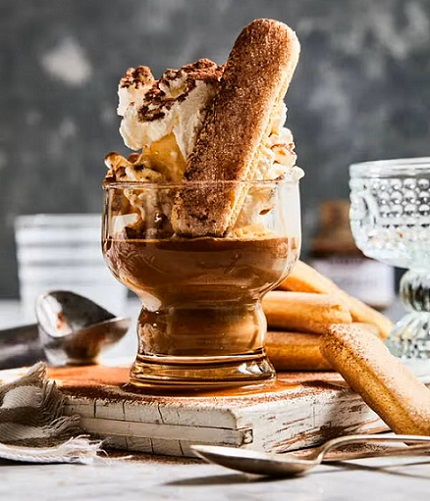
Italian Desserts
Italian Sweets: Rich Flavors, Regional Diversity
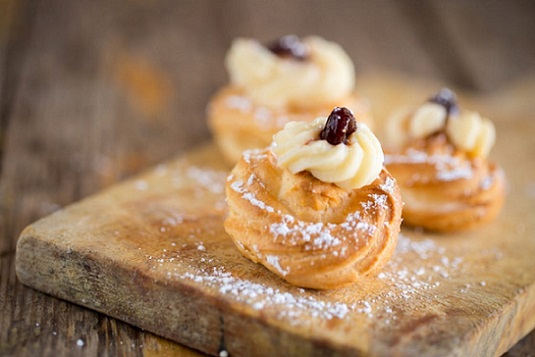
Italian sweets, or dolci italiani, are celebrated worldwide for their irresistible flavors, deep-rooted traditions, and remarkable regional diversity.
From the creamy layers of tiramisù in Veneto to the crisp, nutty cannoli of Sicily, each dessert tells a story of local ingredients and time-honored techniques. Northern Italy delights with buttery panettone and pandoro, especially during the holidays, while the south boasts honey-drenched treats like struffoli from Naples and almond-rich pastiera from Campania.
Not to be overlooked are Tuscany’s rustic cantucci, crunchy almond biscuits perfect for dipping in Vin Santo, or the delicate panna cotta of Piedmont, a silky custard often paired with berries or caramel. Whether it’s the simplicity of a ciambella (Italian ring cake) or the intricate craftsmanship of a cassata siciliana, Italian desserts balance indulgence with artistry, making every bite a celebration of the country’s culinary heritage.
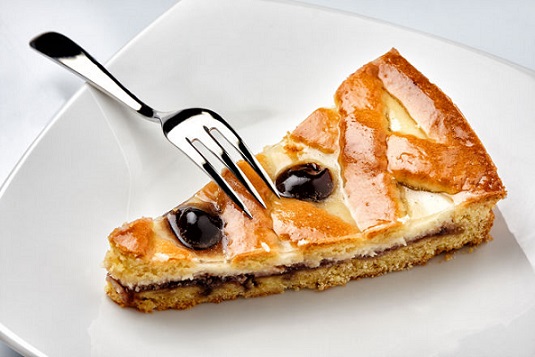
No matter the region, one thing is certain—Italian sweets are as much about passion and tradition as they are about flavor. Here are some of the most beloved Italian desserts:
Classic Italian Sweets
1. Tiramisu – A coffee-flavored layered dessert with mascarpone cheese, ladyfingers (savoiardi), cocoa, and a touch of liqueur (like Marsala wine or rum).
2. Cannoli – Crispy Sicilian pastry tubes filled with sweet ricotta, often mixed with chocolate chips, candied fruit, or pistachios.
3. Panna Cotta – A creamy, silky dessert made with sweetened cream and gelatin, often served with berry coulis or caramel.
4. Gelato – Italy’s famous dense and creamy ice cream, with flavors like stracciatella, pistachio, and hazelnut.
5. Panettone – A fluffy, sweet bread from Milan, traditionally eaten at Christmas, studded with raisins and candied fruit.
6. Sfogliatella – A Neapolitan pastry with flaky layers (or a ricotta-filled shell-shaped version).
7. Zabaglione – A light, frothy custard made with egg yolks, sugar, and sweet wine (like Marsala), served warm or cold.
8. Torrone – A nougat confection with honey, egg whites, and nuts (almonds or hazelnuts), popular at Christmas.
9. Cantucci (Biscotti di Prato) – Twice-baked almond cookies from Tuscany, often dipped in Vin Santo wine.
10. Amaretti – Crunchy almond-flavored cookies, sometimes chewy in the center.
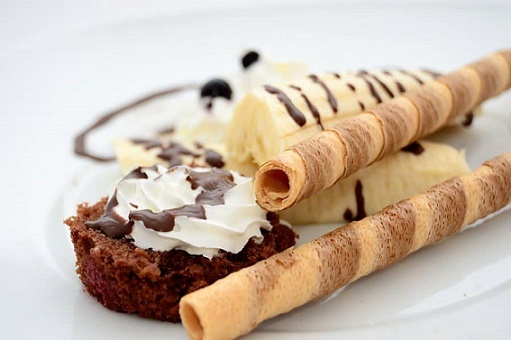
Regional Specialties
- Pastiera Napoletana (Naples) – A ricotta and wheat grain tart with citrus flavors, eaten at Easter.
- Cassata Siciliana (Sicily) – A colorful sponge cake with ricotta, candied fruit, and marzipan.
- Baba al Rum (Naples) – Small yeast cakes soaked in rum syrup.
- Torta Caprese (Capri) – A flourless chocolate and almond cake.
- Biscotti Savoiardi (Piedmont) – Ladyfinger cookies used in tiramisu.
- Struffoli (Naples) – Honey-coated fried dough balls, a Christmas treat.
Modern & Lesser-Known Gems
- Maritozzi (Rome) – Sweet buns filled with whipped cream.
- Bomboloni – Italian doughnuts filled with custard or jam.
- Frittelle – Venetian carnival fritters, often with raisins or cream.
- Torta della Nonna – A custard and pine nut tart.
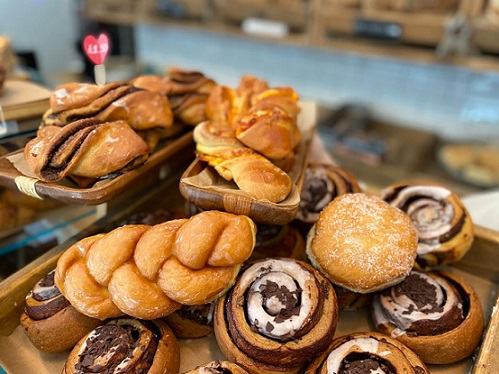
Italian confections are well known for their traditional recipes, rich flavors, and geographical variation. Italy's dessert culture is deeply rooted in history, with each region offering its own unique specialties. Here are some key aspects of Italian sweets:
Regional Diversity
- Northern Italy: Known for delicate pastries like Panettone (a Milanese Christmas cake) and Tiramisu (Veneto’s coffee-flavored dessert).
- Central Italy: Features treats like Cantucci (Tuscan almond biscuits) and Siena’s Panforte (a spiced fruitcake).
- Southern Italy: Famous for rich, sweet delights such as Cannoli (Sicilian fried pastry tubes filled with ricotta) and Pastiera Napoletana (a Neapolitan Easter tart).
Classic Italian Desserts
- Gelato: Italy’s creamy, artisanal version of ice cream.
- Panna Cotta: A silky custard-like dessert from Piedmont.
- Amaretti: Crunchy almond cookies from Lombardy.
- Zeppole: Fried dough balls, often enjoyed during festivals like La Festa di San Giuseppe.
Traditional Ingredients
Italian sweets often feature:
- Ricotta & Mascarpone (for creamy fillings)
- Almonds & Hazelnuts (common in biscuits and pastes like marzipan)
- Citrus & Espresso (for zesty or coffee-infused flavors)
- Honey & Spices (used in ancient recipes like mostaccioli)
Cultural Significance
Many Italian desserts are tied to holidays and celebrations:
- Christmas: Panettone, Pandoro, and Torrone (nougat).
- Easter: Colomba Pasquale (dove-shaped cake) and Pastiera.
- Carnevale: Chiacchiere (crispy fried pastries dusted with sugar).
From the simplicity of Biscotti to the elegance of Sfogliatella, Italian sweets showcase the country’s passion for quality ingredients and time-honored techniques. Whether enjoyed with espresso or as a festive treat, dolci italiani remain a beloved part of Italy’s culinary heritage.
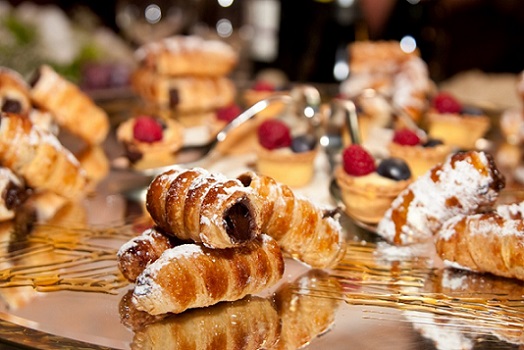

Desserts from Italy
Sweets.The regional cuisine of Italy is surely a delight to the senses. With the pasta, seafood, savory meats and cheeses, and delicious crusty breads, it is hard to stop yourself from eating until you are packed full. However, if you do not remember to save a little room, you may miss out on the best part: dessert. No one does desserts quite like the Italians.
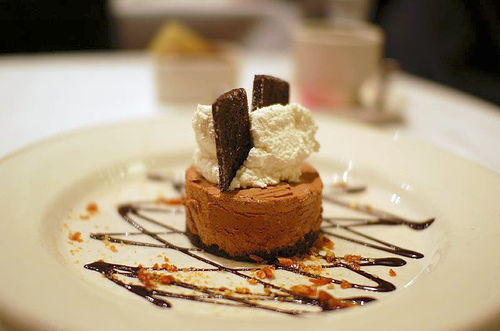
From simple fruity finger foods to savory layered tortes, the Italian’s make desserts for every palette. From the chocolate lover to someone looking for something lighter and more refreshing, you are sure to find something to your liking in an Italian bakery. One of the kids favorite Italian desserts has been a staple of many Grandmother’s dessert table at holiday dinners.
Italian Sweets Panettone
The best part is that it is something that the kids are always able to help with. Stuffed dates were always a task that the kids could do, by simply taking the pre-sliced dates and stuffing about a tea spoon full of cream cheese into them and then dotting them each with a pecan. The kids are always happy to know they helped. Even if they ate a date or two along the way. A variation on this dessert, which is popular in Milan takes a little bit more grown up help.
After the dates are stuffed with the cream cheese, a grown up can dip the date into a mixture of bittersweet chocolate and milk and then let them harden. The product is a delicious, almost candy-like concoction that appeals to the sweet and the salty taste buds. There are desserts that many people take for granted.
Rice pudding, for example, is one of the simplest pleasures for Italian households. Milk, sugar, rice, and cinnamon are the staples of this favorite, but it can be substituted to taste with extra sugar, honey, nutmeg, or raisins. My personal favorite is with extra cinnamon and dried cranberries.
We Are Helping 1000 Businesses Amplify Their Online Presence
Another simple one that many people forget about, or perhaps even loathe, is the Panettone, otherwise known as fruit cake. A staple on many Christmas tables, the Panettone has gotten a bad rap in the United States, perhaps because of its strong Anise taste. When done right though, a Panettone can be truly delightful.
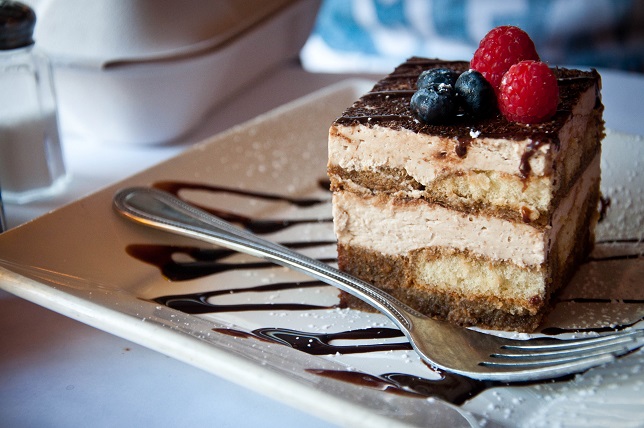
Other than the cannoli, the most popular Italian dessert is undoubtedly Tiramisu. This alcoholic spongy cake has taken the world by storm with relatively young origins.
No one seems to know exactly how the Tiramisu was invented, or by who. What does seem to be agreed upon is that is was invented sometime in the 1960s in the Veneto region of Italy. The ingredients of Tiramisu are basic, but everyone seems to do it a little bit different.
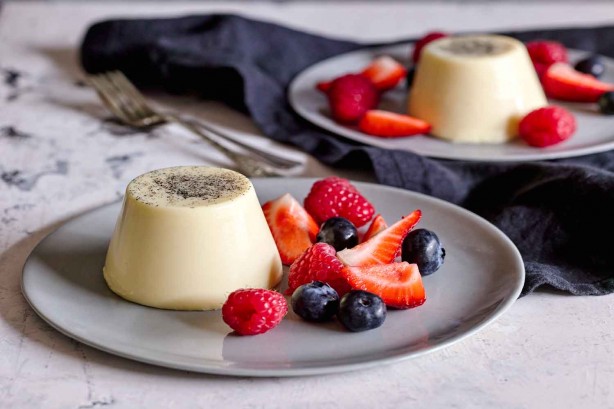
Mascarpone, espresso and zabaglione cream make up the complimentary tastes of this delicious dessert, but it would be impossible to create without the base of savoiardi cake, otherwise known as lady fingers. These spongy biscuits make trouble for pastry servers with their delicate spongy nature, but like all Italian desserts are well worth the trouble.
Vegetables With Great Nutritional Value
InternetBusinessIdeas-Viralmarketing Home Page
Tweet
Follow @Charlesfrize


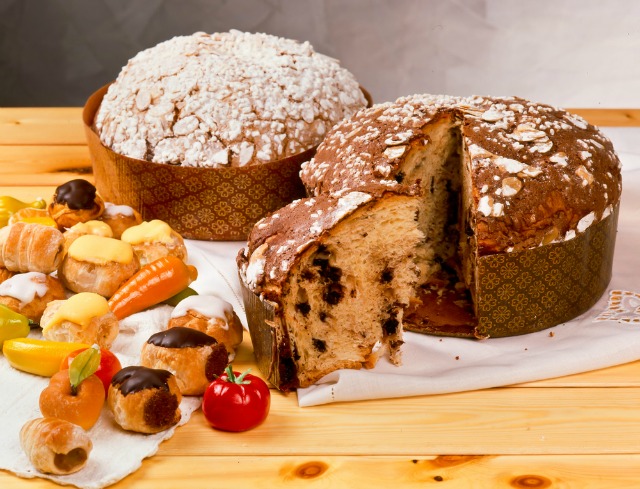







New! Comments
Have your say about what you just read! Leave a comment in the box below.